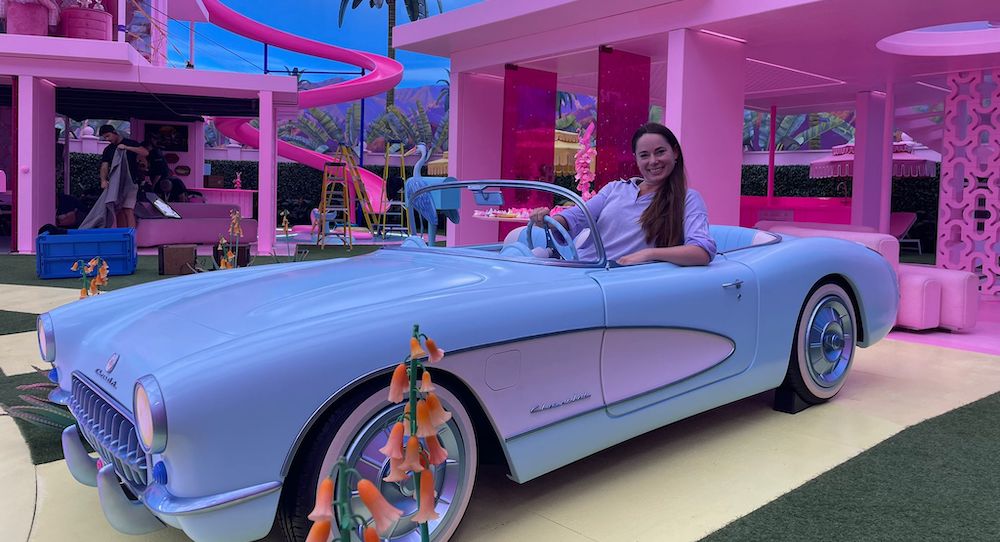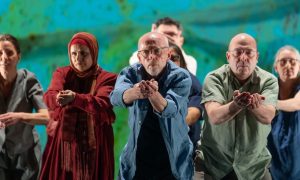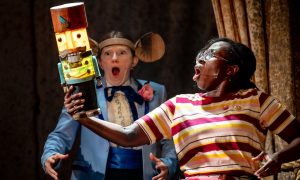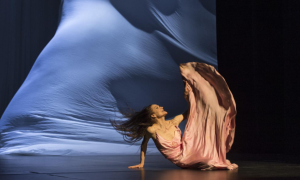“I’m just dying to dance,” Barbie quickly corrects herself in the middle of a massive dance number after blurting out, “Do you guys ever think about dying?” In the plastic, hot pinked world created by Greta Gerwig in the blockbuster film of the same name, everything is perfect – until this pivotal moment when Stereotypical Barbie (Margot Robbie) asks an authentic question, and the illusion of perfection briefly shatters when everything comes to a screeching halt. The rest of the film is a quest for authenticity in both Barbie Land and the Real World, and the accompanying complexities of what it means to be human.

It’s fitting that such an important moment occurs during a big dance number. Dance often evokes authenticity, and when we watch dancers perform, we’re drawn to those most connected to the movement in what seems like a very natural way. In the film Barbie, achieving authentic movement from plastic doll characters fell to choreographer and movement coach Jennifer White. Dance Informa sat down to chat with White about how she went about that task, what a movement coach is, and why starting from a quiet, thoughtful, curious place can open up worlds of potential in film work.
Can you talk a bit about what a movement coach is and how you started doing this work?
“I didn’t know that job existed. It was only by chance that a director got in touch and wanted a female dancer to come and try out some movement stuff for this Marvel character. So I just did this one day, chucked around some moves, and then became Elizabeth Olsen’s movement coach for 10 years. It’s kind of crazy because we didn’t even know what to call me. We said, ‘There’s a dialect coach, maybe you’re a movement coach?’ But this was in 2014. Now, I think with the film industry and even theatre, actors want to get into the physicality a bit more and believe it a bit more. That has become a thing. How to get into it? Honestly, I get emails from dancers all the time asking me how I found my way in, and it seems like there is no one way. But the skills that transfer from dance to movement coaching for dancers are having the right sort of personality and manner about themselves. I’m pretty sure any dancer could coach actors — it’s just how they transfer that knowledge. And that transfer point is not just knowing what a dancer would do or what they would say, but breaking things down in ways that don’t feel belittling.”

Right, because often dance has the reputation of being very elitist, and something that requires formal training.
“Exactly. With a ballet background, for example, because it feels so elitist and unreachable in some ways. So, there’s this feeling like, ‘Oh, no. I’m not a dancer. I can’t do that.’ But no – you literally were just on that dance floor at that wedding, ripping it. You’re a bloody dancer! And somehow I appreciate that dance more sometimes. I mean, it’s different. It’s the human spirit of just freedom and expressing, and it’s all improvised. They don’t know what they’re doing. They can’t remember the steps. They’re just chucking it about and the energy that they get from it…that is pure joy.”
As a movement coach, do you consult with actors on how they move their body when they’re doing scenes, or is your work specifically for dance itself? For example, did you coach the actors how to move like plastic dolls, or was that something they developed on their own?
“We thought about really doing that – honing in on it in every scene. But, I remember Greta saying that at some point, the audience is going to get bored of that and it’s going to be restrictive. So it wasn’t a thing. The actors knew and felt like what they are – they’re these dolls, but it wasn’t me overlooking them every scene. It was freer than that. I definitely did it with the dancers in the background. But for the actors, the leads, they just embodied what they embodied. It wasn’t overlooked too much because if the whole film felt a little bit robotic, the path to becoming really human and having human emotion might have been a bit harder to get. It needed to not be so strict. It wasn’t a Barbie and Ken movement workshop. I think that would have killed it the vibe more than added to it.”
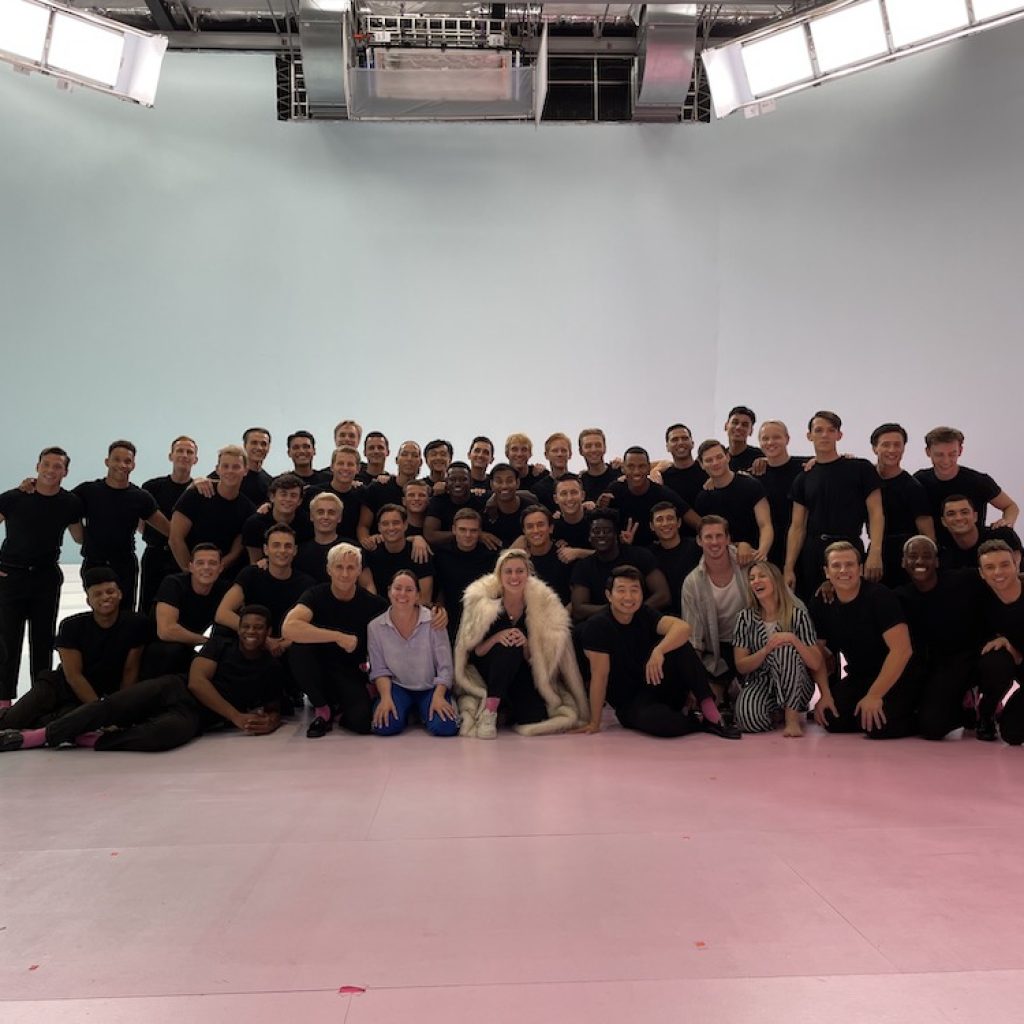
Ond thing that’s a big part of your life and your relationship to movement is using the Feldenkrais Method. The aim of practicing this method is to reorganize the connections between the brain and the body. It’s a popular method for dancers to enable great connection, but how does it apply to movement coaching?
“Doing Feldenkrais has helped me become a good movement coach! The details, and the aspect of slowing everything down are vital because everyone is so stressed and doesn’t know what they’re going to be doing in their character. I have to say, ‘Okay, let’s just come right back down, we’re going to do some breathing, and then we’re going to do some really small details and try to build it from that.’ For example, how can you manipulate one tiny angle of an arm to tell that something’s coming, or something’s not? It’s so small, but it’s readable because the actors understand where it’s coming from.”
That makes sense and probably contributes a lot to the authenticity the actors can bring to any role. For you, how do you start the process before even getting into a room with actors?
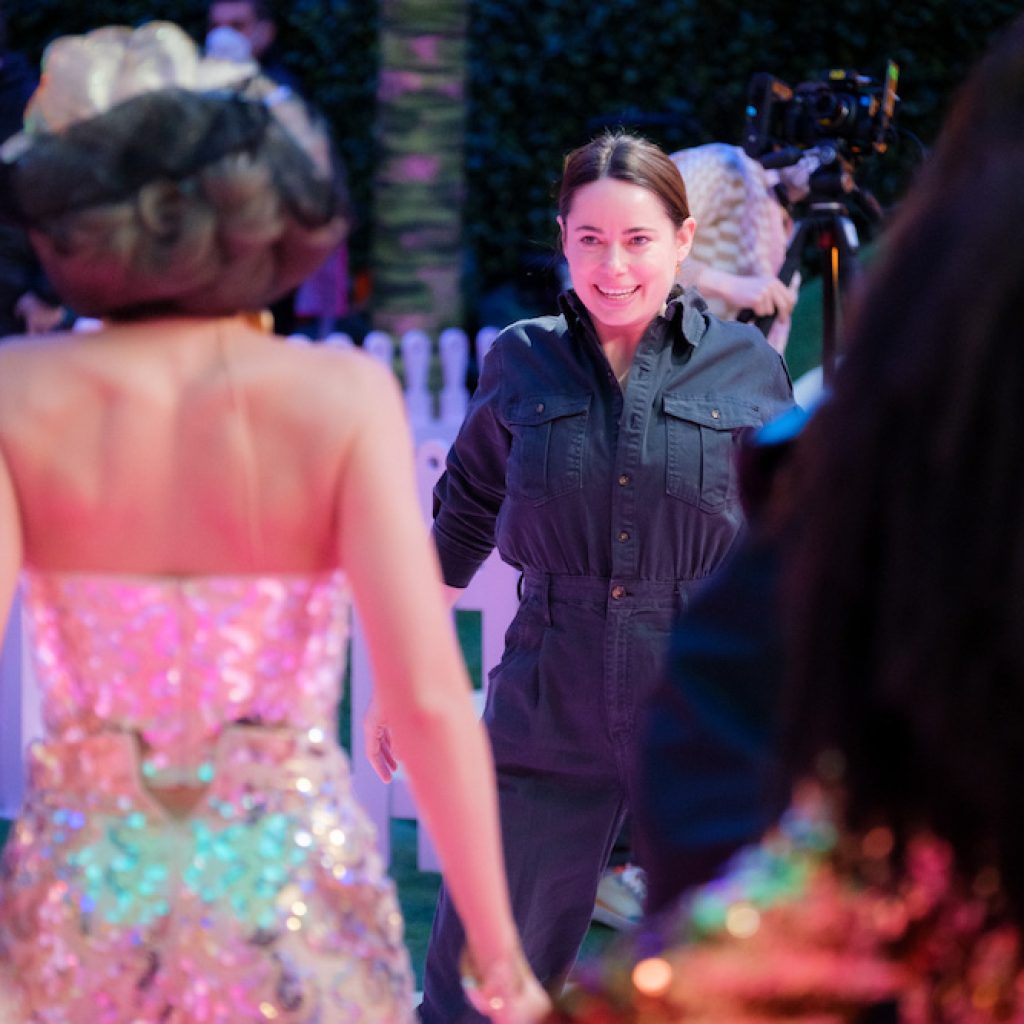
“I always like to improvise. And I quite like to do that on my own. I’ll know roughly what the director is looking for. I think improvisation is just so important to me, and really feeling so free in that, I’ll start to pick up things, movement. But if I don’t have that moment, I’m just building a picture of what they want, and it’s not actually me. It feels more my thing somehow. I want everything, even if it is a Barbie doll or a Marvel character, I always want it to feel authentic. Because you can tell when a performer is feeling it. It is just on another spectrum.”
Transportation to other spectrums is the goal of all film – telling a story of any kind that pulls the audience from whatever is going on in their lives to become invested in the journeys of the characters onscreen is a thoughtful, detailed, demanding and freeing pursuit. Done well, an audience won’t recognize the tiny efforts and small movements that build the foundation of a strong character, but they will authentically feel them. Even if the characters are plastic dolls.
You can follow Jennifer White on Instagram: @movejenmove.
By Emily Sarkissian of Dance Informa.


